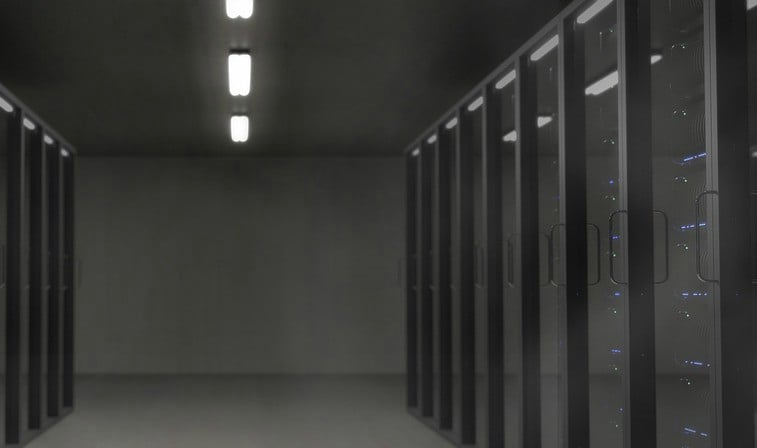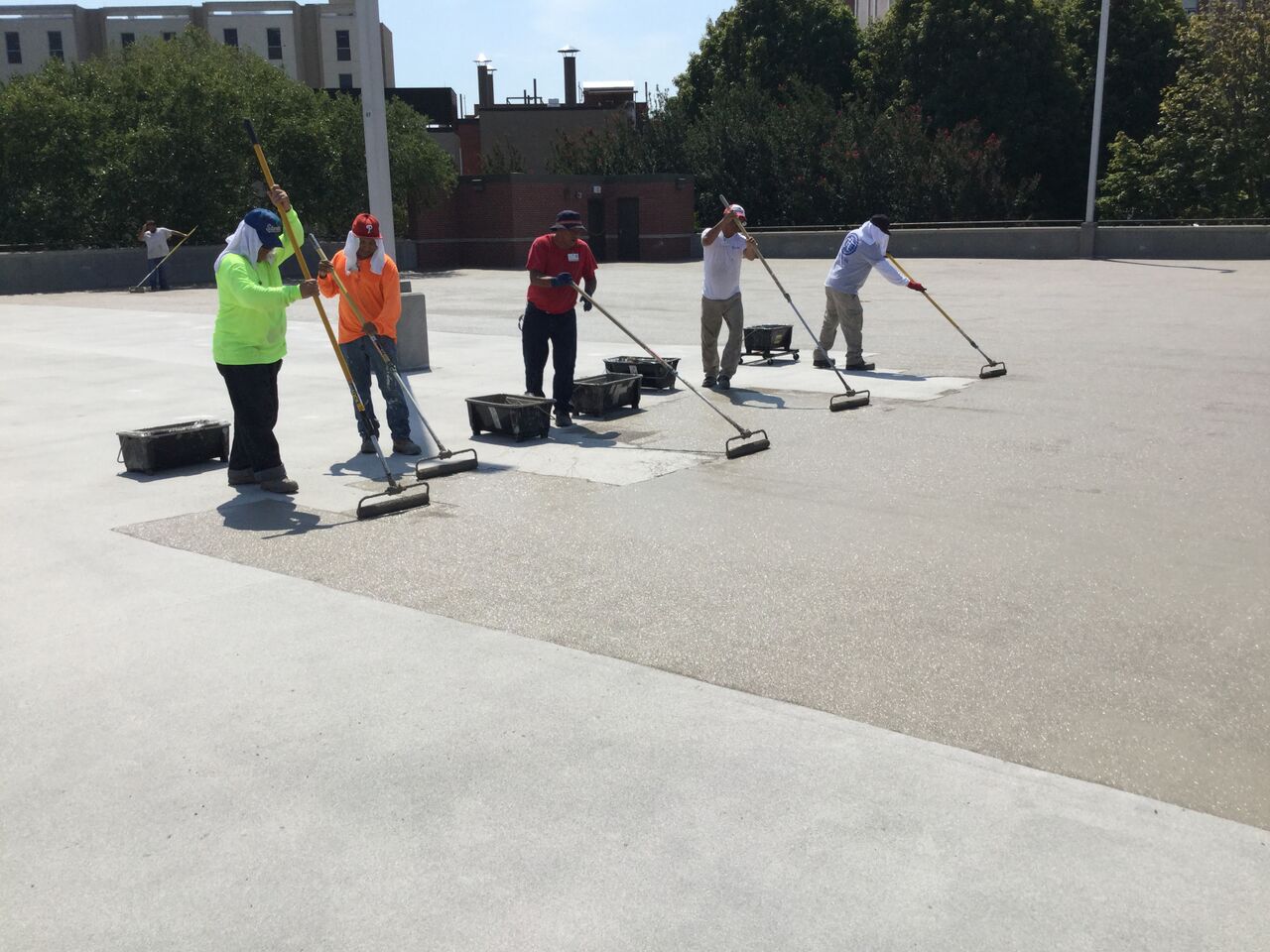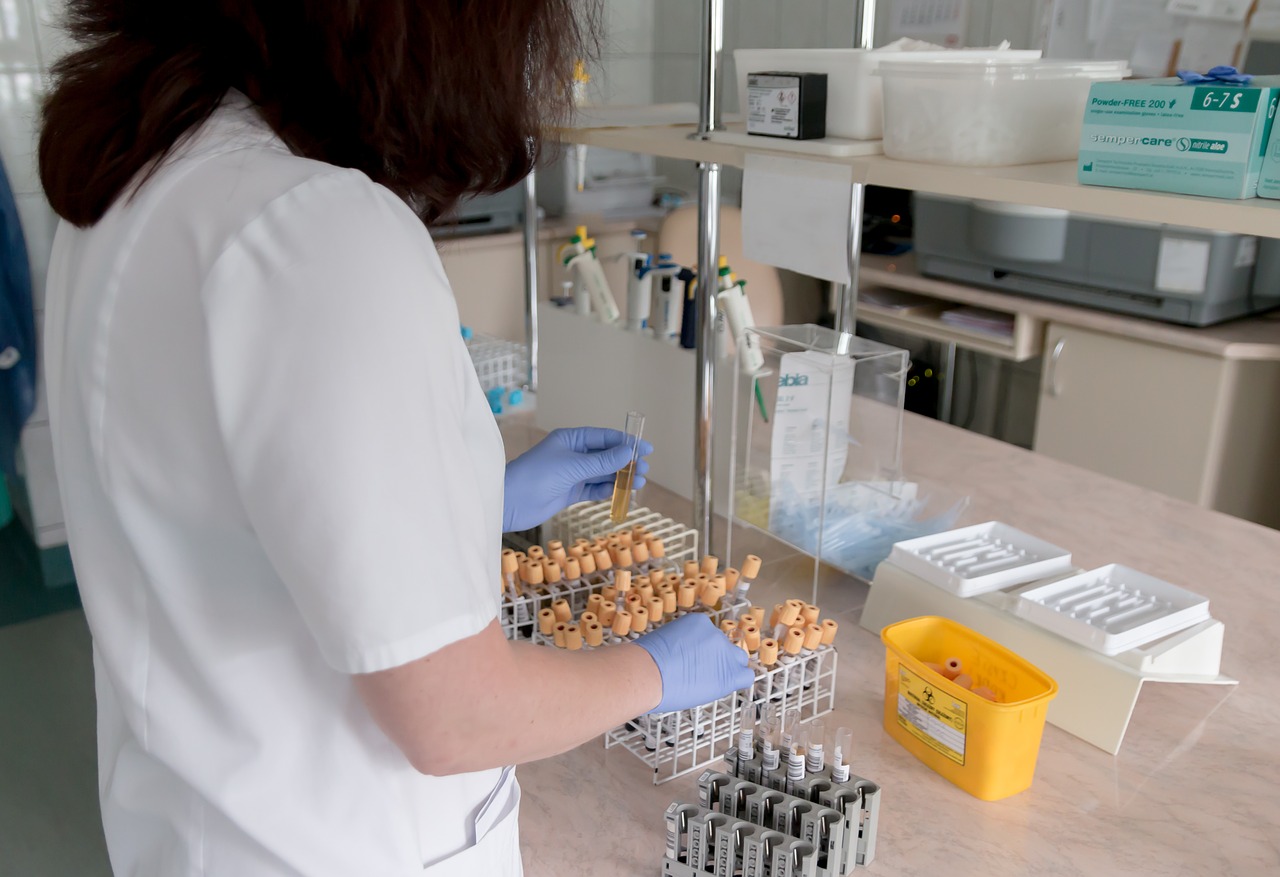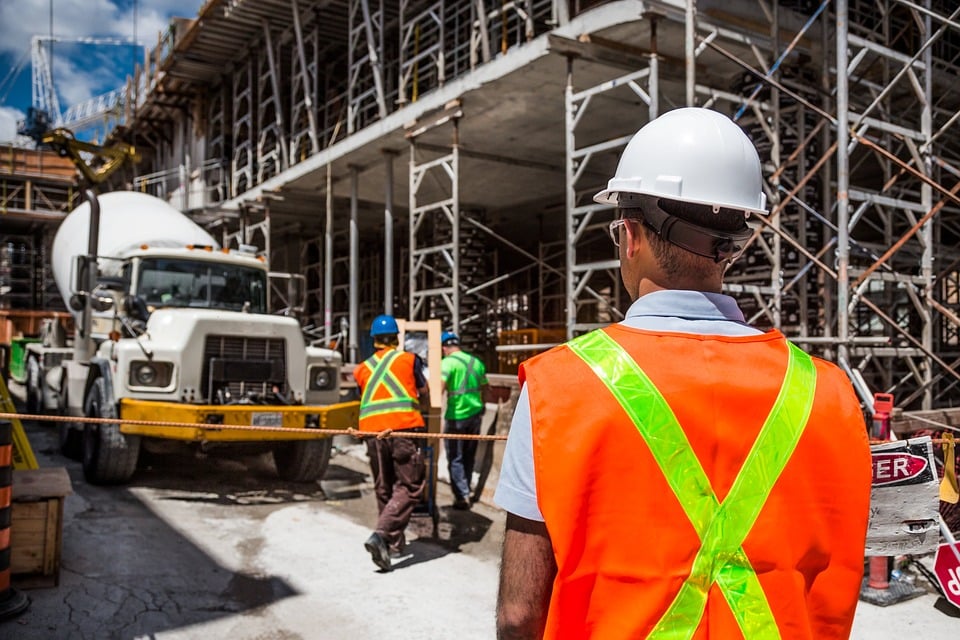If your facility deals with sensitive electronic equipment—either manufactured circuit boards or other products, or sensitive computers that store important data—the last thing you want is a stray electrical charge to cause permanent damage. Likewise, if you work with flammable materials, a single spark can put your employees at risk of danger.
This is where an electrostatic dissipative (ESD) floor coating can save the day. Here’s a basic overview of how ESD floor coatings work.
Why static charges build
We’re all familiar with static shocks in every day life. Whether we’re walking across a carpet in thick socks or just feeling the side effect of dry winter weather, we may even be able to feel the charge building up before releasing in a sudden, stinging shock.
When two surfaces are in contact—in this case, your feet and the floor, electrons may pass from one to another. When they separate—that is, when you step away—the electron imbalance remains, and your body becomes slightly negatively charged. This charge builds up with each subsequent step until nature eventually finds a way to equalize it—usually via a shock when you touch another item, such as a doorknob, that’s positively charged.










